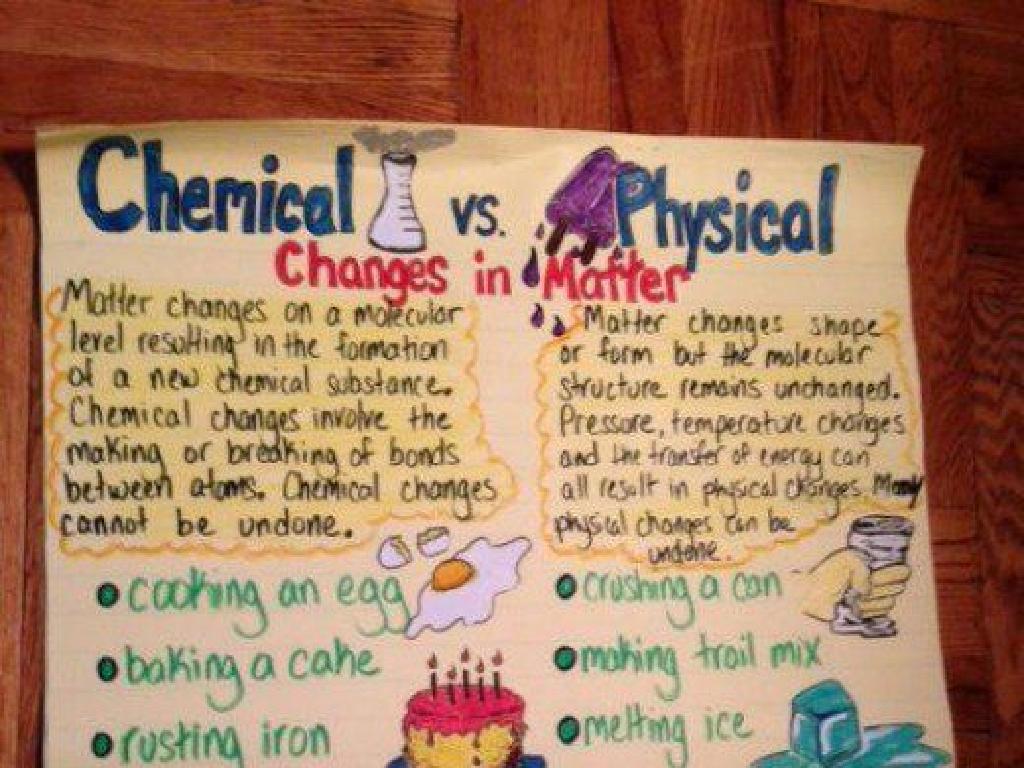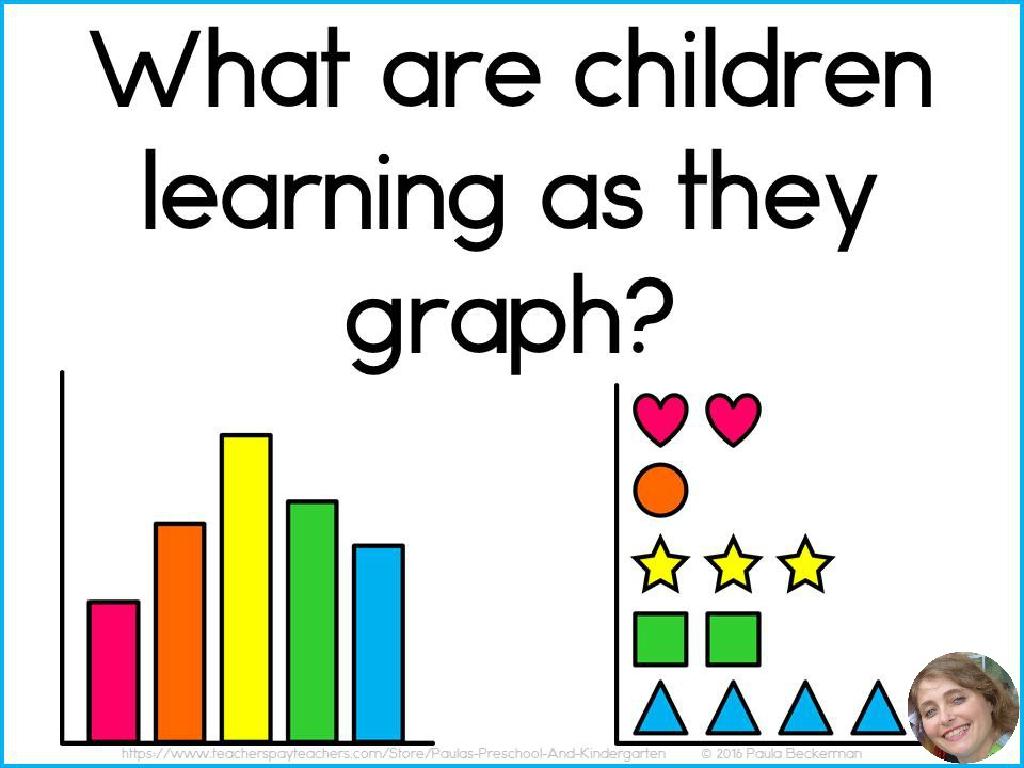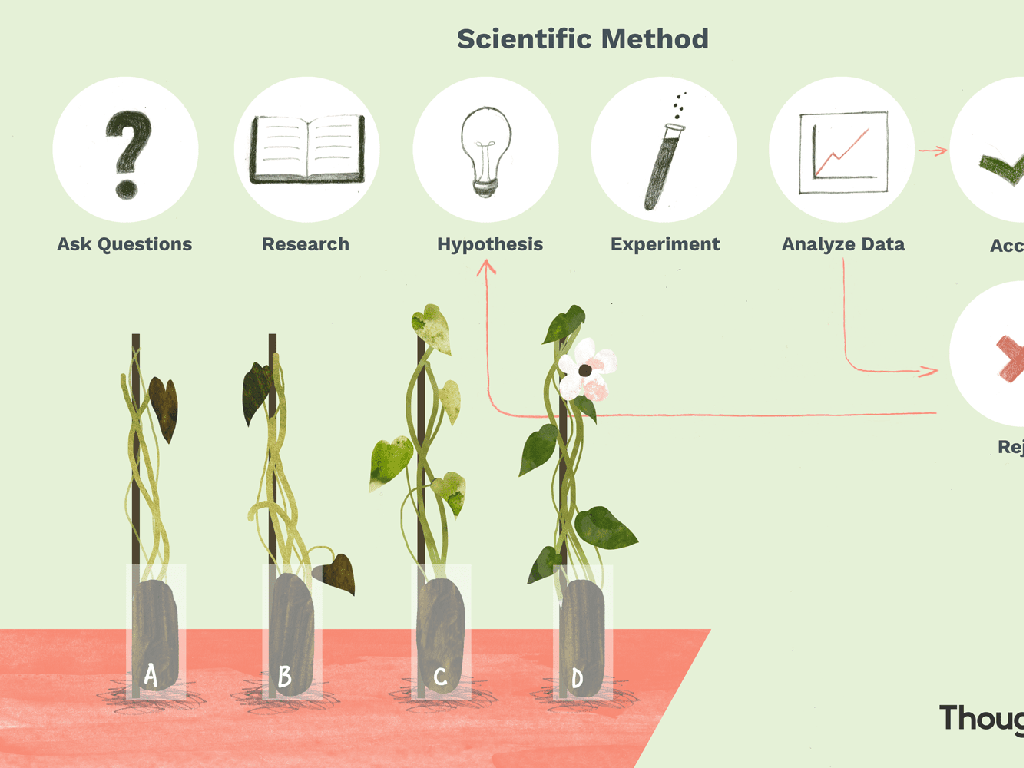Investment Vehicles Insurance And Retirement
Subject: Economics
Grade: High school
Topic: Finance And Capital Markets
Please LOG IN to download the presentation. Access is available to registered users only.
View More Content
Introduction to Investment Vehicles
– What are Investment Vehicles?
– Tools for saving & growing wealth, e.g., stocks, bonds, mutual funds.
– Investing for a Secure Future
– Investing helps ensure financial stability and achieve long-term goals.
– Insurance as an Investment
– Insurance protects wealth and can be a form of investment for the future.
– Planning for Retirement
– Retirement plans like 401(k)s help save money for your post-work years.
|
This slide introduces the concept of investment vehicles, which are essential for students to understand as they begin to plan for their financial future. Emphasize the importance of investing early to take advantage of compound interest and secure financial stability. Discuss how insurance can serve as a protective investment, mitigating financial risks associated with health, property, and life. Conclude with an overview of retirement planning, explaining how regular contributions to retirement accounts can grow over time to provide a comfortable retirement. Encourage students to think about their long-term financial goals and how different investment vehicles can help achieve them.
Exploring Investment Vehicles
– Defining Investment Vehicles
– Instruments for investing capital, e.g., stocks, bonds
– Types: Stocks, Bonds, Mutual Funds, ETFs
– Stocks: ownership in a company, Bonds: loans to entities, Mutual Funds: pooled investments, ETFs: traded like stocks
– Risk vs. Return concept
– Higher risk can lead to higher returns, but also greater losses
– Balancing Risk and Return
– Investors must assess their risk tolerance and investment goals
|
This slide introduces students to the concept of investment vehicles, which are various instruments that can be used to invest capital with the aim of achieving financial growth. Begin by defining investment vehicles and then delve into the common types, including stocks, bonds, mutual funds, and ETFs, explaining the basic principles of each. Discuss the relationship between risk and return, emphasizing that while higher risk investments can offer greater returns, they also come with the potential for more significant losses. Encourage students to consider their personal risk tolerance and financial goals when choosing investment vehicles. Use examples to illustrate how different investment strategies may be appropriate for different individuals.
Insurance as an Investment Vehicle
– Insurance safeguards finances
– Provides a safety net against unforeseen financial losses
– Term vs. Whole Life Insurance
– Term life: fixed duration; Whole life: lifetime coverage & cash value
– Insurance’s role in planning
– Integral part of a comprehensive financial strategy
– Assessing insurance needs
|
This slide aims to educate high school economics students on the concept of insurance as a form of investment. Begin by explaining how insurance acts as a protective barrier for personal finances, covering potential losses due to unexpected events. Differentiate between term life insurance, which covers a person for a specific period, and whole life insurance, which provides lifelong coverage and accumulates cash value. Emphasize the importance of including insurance in financial planning to ensure long-term financial security. Encourage students to consider their future financial needs and how different insurance products can meet those needs. Provide examples of scenarios where insurance can prevent financial hardship, such as illness or property damage.
Planning for Retirement: Start Early!
– Importance of early retirement savings
– Starting early can significantly increase retirement funds due to compound interest.
– Overview of 401(k) plans and IRAs
– 401(k) plans are employer-sponsored, IRAs are individual retirement accounts.
– Understanding compound interest
– Compound interest means earning interest on interest, which accelerates savings growth over time.
– Long-term benefits of early investment
|
This slide emphasizes the importance of beginning retirement savings early in life. Explain how starting to save early can take advantage of compound interest, which can greatly increase the amount of money saved by the time of retirement. Discuss the differences between 401(k) plans, which are typically offered by employers, and IRAs, which individuals can set up on their own. Highlight how compound interest works and why it’s such a powerful force in growing retirement savings. Encourage students to think about long-term financial planning and the benefits of investing in their future from a young age. Provide examples to illustrate how small, regular contributions to a retirement account can grow over time.
Investment Strategies for Retirement
– Embrace diversification
– Spread investments to minimize risks
– Assess your time horizon
– Time left until retirement affects risk tolerance
– Plan for tax efficiency
– Retirement accounts have different tax implications
– Asset allocation importance
– Balancing investment types to manage risk and return
|
This slide aims to educate high school students on the fundamental strategies for planning investments for retirement. Diversification involves spreading investments across various asset classes to reduce risk. Students should understand that their time horizon, or the time left until they retire, will influence their investment choices; the longer the time horizon, the more risk they might be able to take. Tax considerations are crucial in retirement planning as different retirement accounts, like Roth IRAs and 401(k)s, have unique tax implications. Asset allocation is the process of dividing investments among different kinds of assets to balance risk and return, tailored to individual financial goals and risk tolerance. Encourage students to think about these strategies as long-term goals and to start planning early. Provide examples of diversified portfolios and discuss the impact of compound interest over time.
Case Study: Retirement Planning for John and Jane
– Meet John and Jane’s retirement scenario
– A couple looking to retire in 20 years, examining their financial options.
– Explore their retirement planning strategy
– They contribute to 401(k), have an IRA, and invest in mutual funds.
– Analyze their investment vehicles
– Diversification across stocks, bonds, and savings accounts for risk management.
– Discuss alternative approaches
|
This slide introduces students to a practical case study involving a fictional couple, John and Jane, who are planning for their retirement. The goal is to understand the various investment vehicles and strategies that can be used for retirement planning. John and Jane’s approach includes contributing to a 401(k) plan, investing in an Individual Retirement Account (IRA), and diversifying their portfolio with mutual funds. The class will discuss the importance of diversification in managing risk and ensuring a stable financial future. Students will be encouraged to think critically about different strategies and consider what they might do differently in their own future planning. This discussion will help them grasp the real-world application of financial concepts covered in the course.
Class Activity: Crafting Your Investment Plan
– Outline your personal investment plan
– Reflect on your long-term financial goals
– Think about where you want to be in 10, 20, or 30 years
– Select suitable investment vehicles
– Stocks, bonds, mutual funds, or retirement accounts like 401(k)s
– Consider insurance options for security
– Life insurance, health insurance, and disability insurance
|
This class activity is designed to engage students in practical financial planning. Each student will create a personalized investment plan, considering their future financial objectives. Encourage them to research different investment vehicles such as stocks, bonds, and retirement accounts, and to understand the role of insurance in protecting their assets. Provide guidance on how to balance risk and return, and how to plan for different life stages. Possible activities include: creating a mock portfolio, comparing different insurance policies, presenting their investment plan to the class, or interviewing a financial advisor. This exercise aims to instill the importance of early financial planning and the impact of investment choices on long-term financial health.






